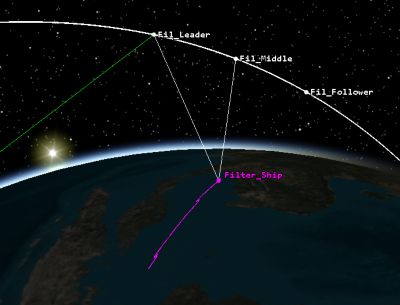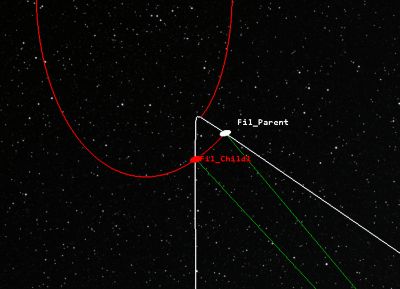-
-
Access Free Student Software
Ansys empowers the next generation of engineers
Students get free access to world-class simulation software.
-
Connect with Ansys Now!
Design your future
Connect with Ansys to explore how simulation can power your next breakthrough.
Countries & Regions
Free Trials
Products & Services
Learn
About
Back
Products & Services
Back
Learn
Ansys empowers the next generation of engineers
Students get free access to world-class simulation software.
Back
About
Design your future
Connect with Ansys to explore how simulation can power your next breakthrough.
Free Trials
ANSYS BLOG
July 28, 2022
Check Out the new Capabilities of Ansys ODTK R2 2022
With Ansys Orbit Determination Tool Kit (ODTK), you can process a wide variety of traditional and nontraditional measurements using a state-of-the-art optimal sequential filter and matched smoother to generate orbits with realistic covariance. Ansys ODTK 2022 R2 (ODTK 7.5) introduces a variety of features to enable analyses focused on deep space missions, surface vehicle positioning, and parent/child satellite deployment, and also includes examples of containerized ODTK within the Linux environment.

Figure 1: Model in ODTK.
Estimation of Surface Vehicle Trajectories
ODTK 2022 R2 marks the first time moving vehicles can be modeled in ODTK without an underlying force model. To facilitate the tracking of vehicles subject to unknown changes in direction, we’ve introduced a near-constant velocity stochastic motion model that opens the door for more complex models in subsequent releases. Applications for this feature include GPS-based navigation on a car, ship navigation based on satellite measurements, and rover navigation on any planetary body.

Figure 2: Modeling a rover on the Moon.
Estimation of Central Body Gravitational Parameters
Many deep space missions involve orbiting bodies with gravitational parameters that have significant levels of uncertainty. This is especially prevalent in missions orbiting asteroids or smaller celestial bodies. This feature enables you to add the gravitational parameter for any non-Earth central body into the estimation state space and solve for adjustments to the mass of the body.
Child Satellite Deployment Modeling
Within ODTK 2022 R2, you can now simulate the deployment of a child satellite from its parent via an impulsive separation mechanism. During estimation, child satellites are initialized to establish the proper cross-correlations in the error covariance of the multisatellite estimation state, before propagating as an independent object in the filter. The Delta V associated with this deployment is modeled and affects both the parent and child satellite orbits.

Figure 3: Child satellite deployment from a parent satellite.
Support for Attitude from SPICE Kernels
Most deep space missions receive ephemeris in the form of SPICE files. ODTK now can ingest SPICE ephemeris and SPICE attitude data. This is relevant for any form of analysis where the movement of the satellite’s instruments or antennas about the center of gravity are considered.
Containerization Examples
Examples of containerization with ODTK will now be provided with the ODTK installation media. The supported interfaces are Jupyter Notebooks, Python, and Web Services. Instructions and examples for building Linux containers using ODTK runtime will be included in the ODTK install.
Additional Features
- Tabulated area vector-based solar pressure model (SPAD)
- DTM-2020 atmospheric density model
- Venus-GRAM atmospheric density model
- Finite maneuver direction inertially fixed based on the start of maneuver conditions
- New ocean tide model (FES2004) for compliance with International Earth Rotation and Reference Systems Service (IERS) standards (2010)
- DE440/441 planetary ephemeris
- Bistatic ground time difference of arrival (TDOA) measurement model (i.e., reflected radio)